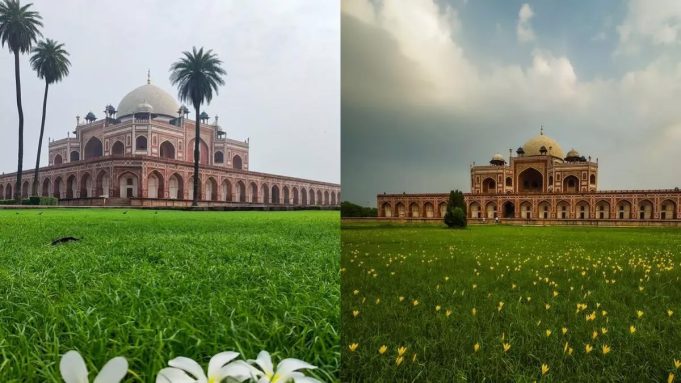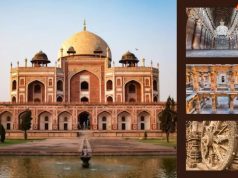The country’s capital Delhi is very special in many ways. There are many places worth visiting here, which tell about the rich history of this city. There are many buildings here, which give a chance to peek into the pages of the past (Mughal architecture secrets).
Humayun’s Tomb is one of these, which is known for its beauty. Situated in the heart of Delhi, this place attracts people from far and wide. This Mughal monument built in the 16th century has also been seen in many Bollywood films. People from outside come to see it, but the people living here also often visit this place.
However, even today many people may not know some facts related to this place (Humayun’s Tomb facts), which make it special. Let’s know about 6 such secrets related to it-
India’s first tomb garden
Very few people know that Humayun’s Tomb is India’s first tomb garden. Its specialty is that it was one of the first tombs in the country to have a Persian-style Charbagh garden. This unique layout includes paths, flowing water channels and beautiful flower beds. Later, other Mughal monuments were also established inspired by this style.
It was built by a woman
Usually the different monuments present in the country were built by a man, but Humayun’s tomb was built by a woman. Actually, Humayun’s first wife Maharani Bega Begum had it built in 1565 (Bega Begum commissioning). She had it built almost a decade after her husband’s death.
The Taj Mahal was inspired by this
The Taj Mahal, a symbol of love, is known for its beauty and hence it is included in the seven wonders of the world. But do you know that this building made of red sandstone and white marble is actually inspired by Humayun’s tomb. That is why similarities are seen in many places here.
Burial place of Mughal family
Humayun’s Tomb is not just the final resting place of Humayun, but it is also the burial place of other members of the Mughal family. The tombs of Humayun’s wives, sons and descendants, along with other Mughal royals, are present here.
The British had reinstated
Another interesting thing about this monument is that it was restored by the British. They cleared the lush Mughal gardens during their rule and turned the place into a more ‘English style’ park. So, what you see today is actually the result of several renovations.









